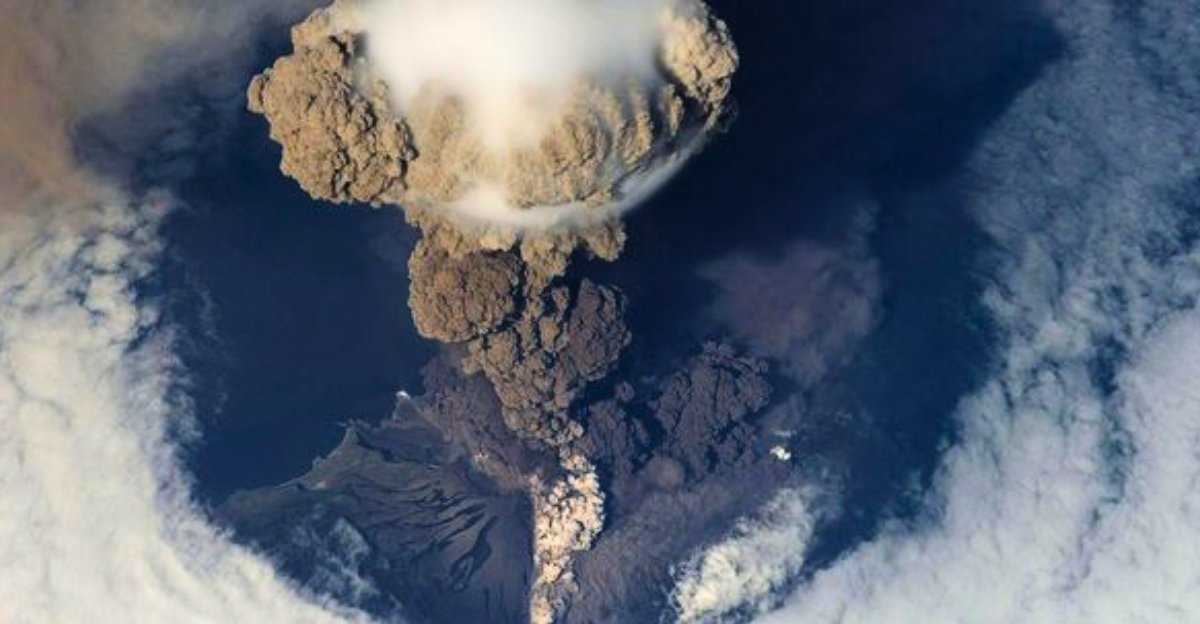
Axial Seamount is an enormous volcano that sits underneath the surface of the Pacific Ocean, about 300 miles off of the Oregon Coast. Recently, scientists who’ve been monitoring the underwater behemoth have noticed a swelling in its magma chamber.
The volcano has erupted a few times in recent memory, the last happening in 2015 and showcased similar warning signs that it has right now. This includes a rising seafloor and small-scale earthquakes that are all typical before an eruption.
A Unique Volcano
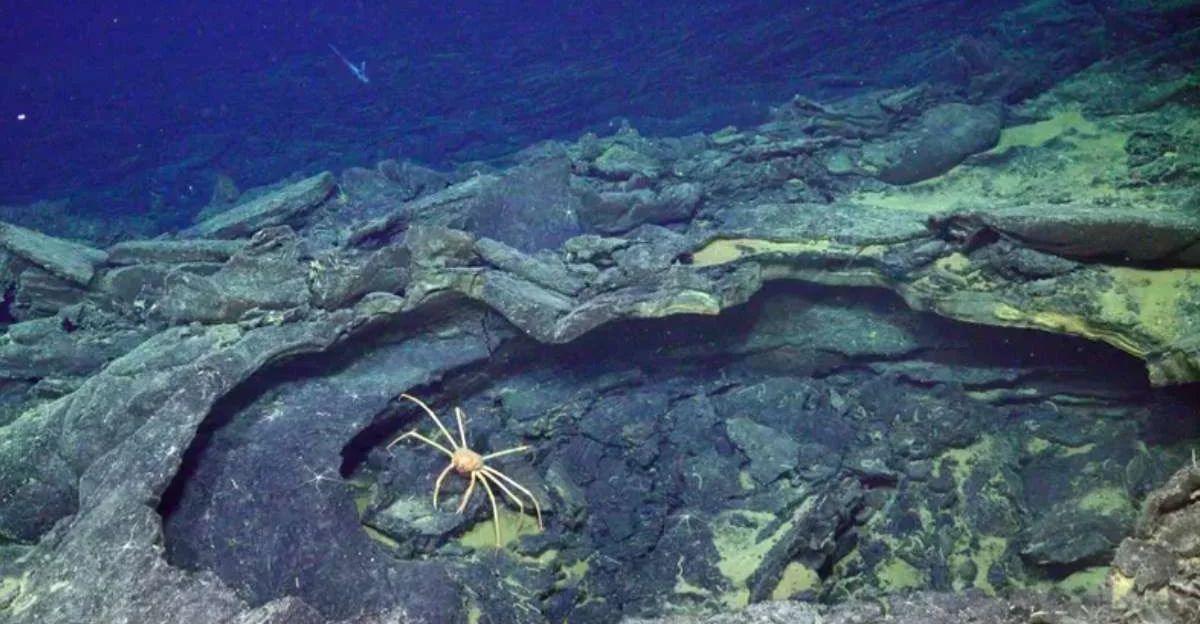
Axial Seamount is a unique volcano and one of the most active in the Pacific Northwest. This is part of the reason why it’s being monitored so closely, as it has a history of erupting every few dozen years.
The volcano sits on a site where tectonic plates push and pull, increasing activity. This also gives scientists a unique perspective on volcano activity.
A Swelling Seafloor
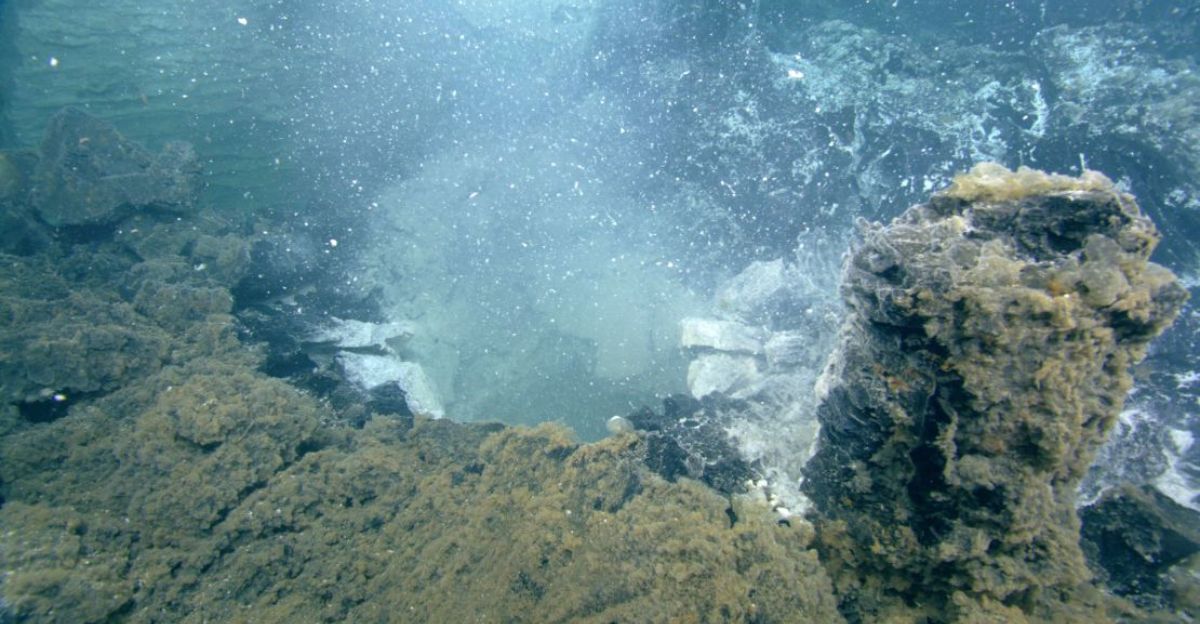
Scientists can reliably watch changes in volcanic behavior to indicate when an eruption is imminent. One of these reliable indicators is the seafloor bulging above the volcano. Magma is building up underneath the seafloor and inflating it.
The amount of the seafloor that has risen matched that of the 2015 eruption, showcasing its ability to erupt in the future. This is a good indicator to scientists that an eruption could happen in weeks or months. Earthquakes should increase, and lava should eventually flow.
Earthquakes
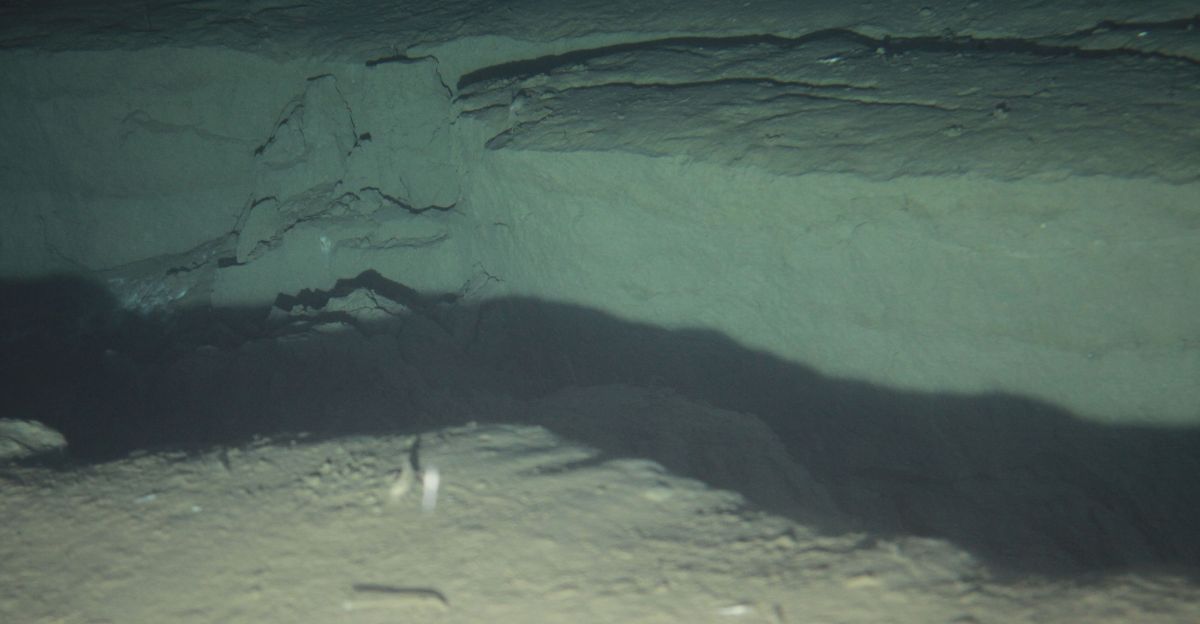
As the seafloor bulges with subterranean magma, seismic activity becomes more frequent.
Researchers have noted that the site has had hundreds of small earthquakes, and at its peak, could number up to 10,000 in just one day as the eruption becomes a reality. The earthquakes are caused by magma pushing through gaps in the Earth’s crust.
The Events Following An Eruption
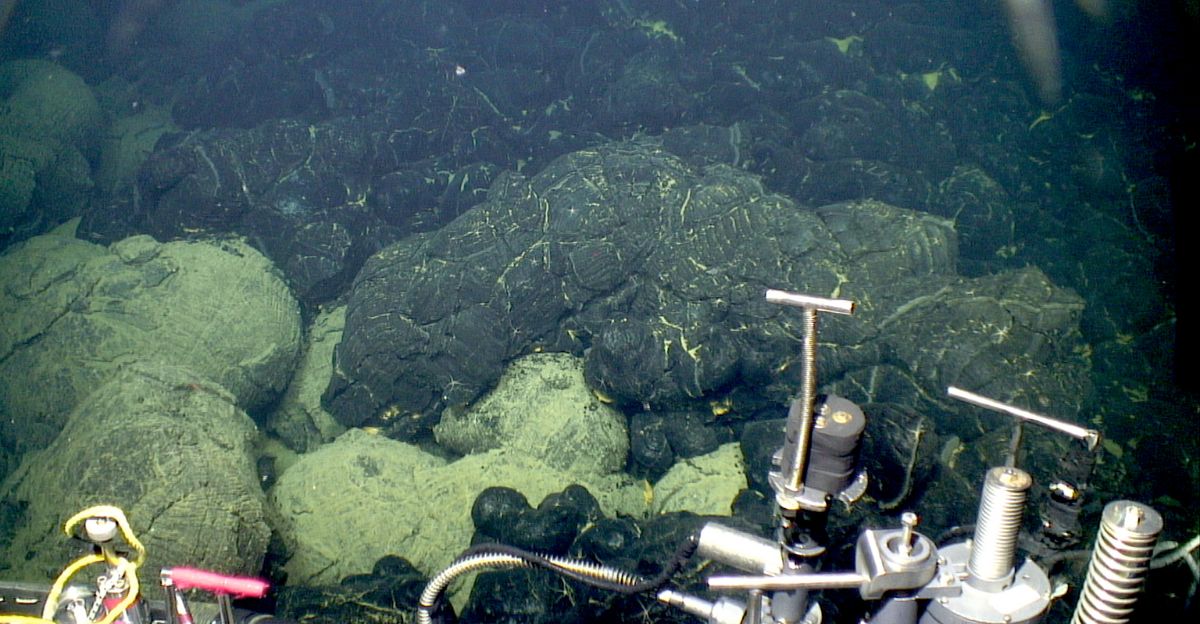
It isn’t a matter of if Axial Seamount erupts, but rather when. When the volcano does erupt, lava will be released in billions of cubic feet.
Since the volcano is underwater, it will pour out onto the seafloor, smothering anything caught in its way before hardening into volcanic rock. After volcanoes of this nature erupt, hydrothermal activity follows.
Marine Life
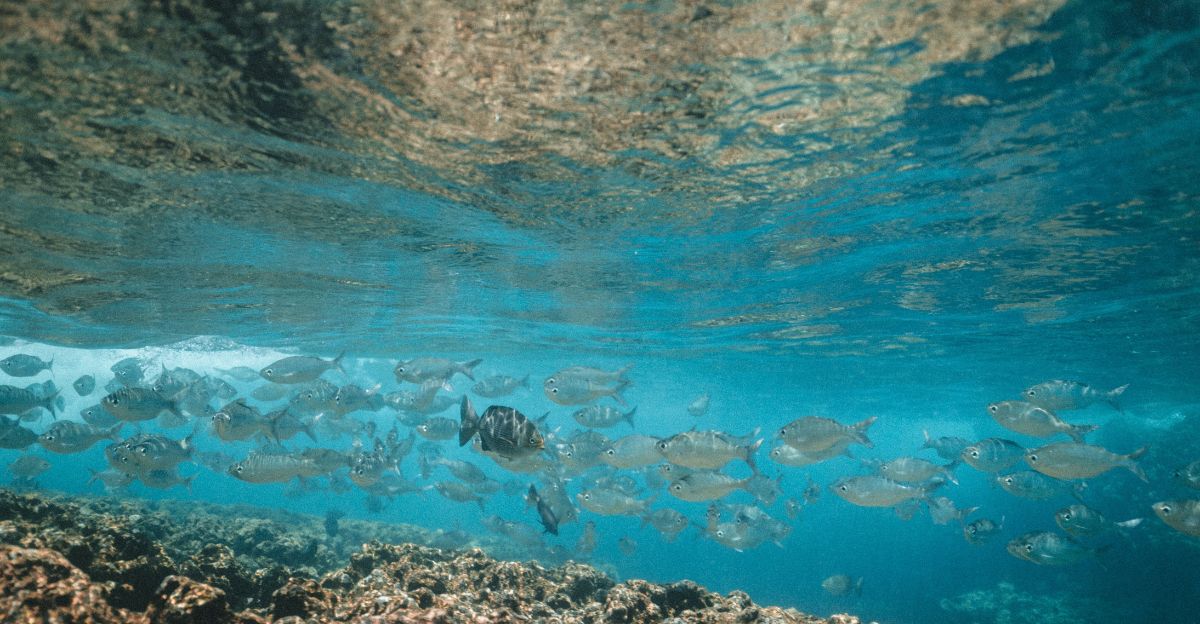
Local marine that live around undersea volcanoes have adapted particularly well, enabling them to be very resilient. Hydrothermal vents support unique lifeforms like tube worms, bacteria, and more.
Some marine habitats may be paved over by the creep of lava, but in the end, it creates new environments for other marine life. An eruption will also spew out rich minerals into the area, which fuel biodiversity and life.
The Impact On Humans
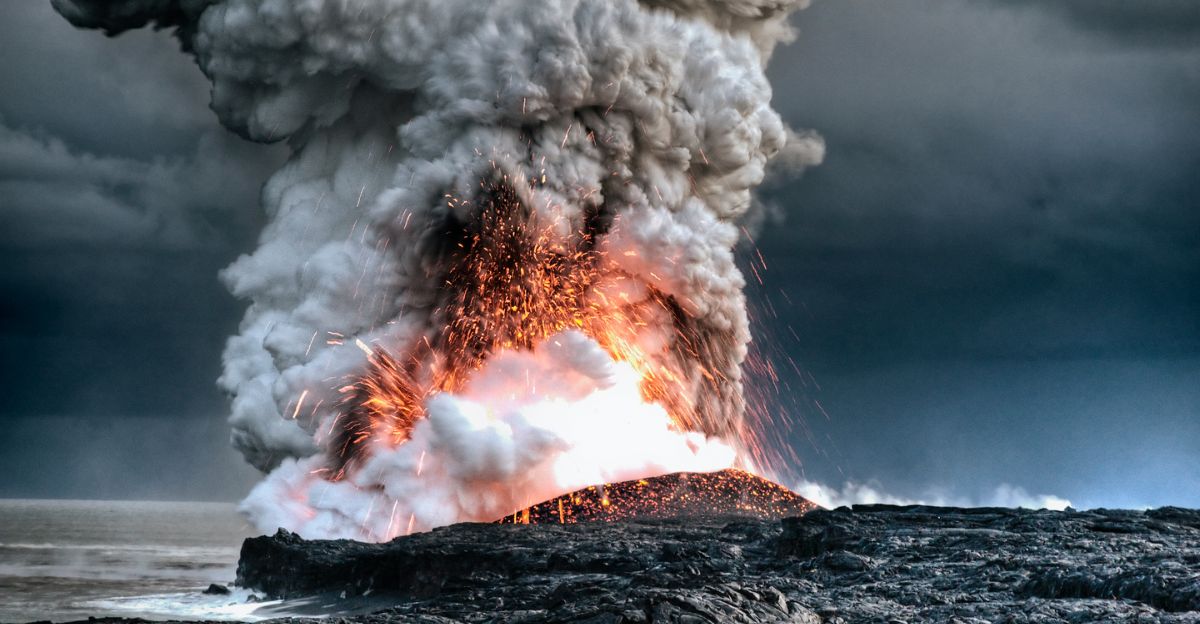
While some terrestrial volcanoes can have implications on human populations, undersea volcanoes are generally not a threat and happen without many even noticing.
Axial Seamount, in particular, is too deep and far from the coast to have any substantial impacts, such as tsunamis. Because it is not a threat to humans, the Axial Seamount can be monitored safely, and important research can be conducted to serve as a model for more dangerous volcanoes.
How It’s Monitored
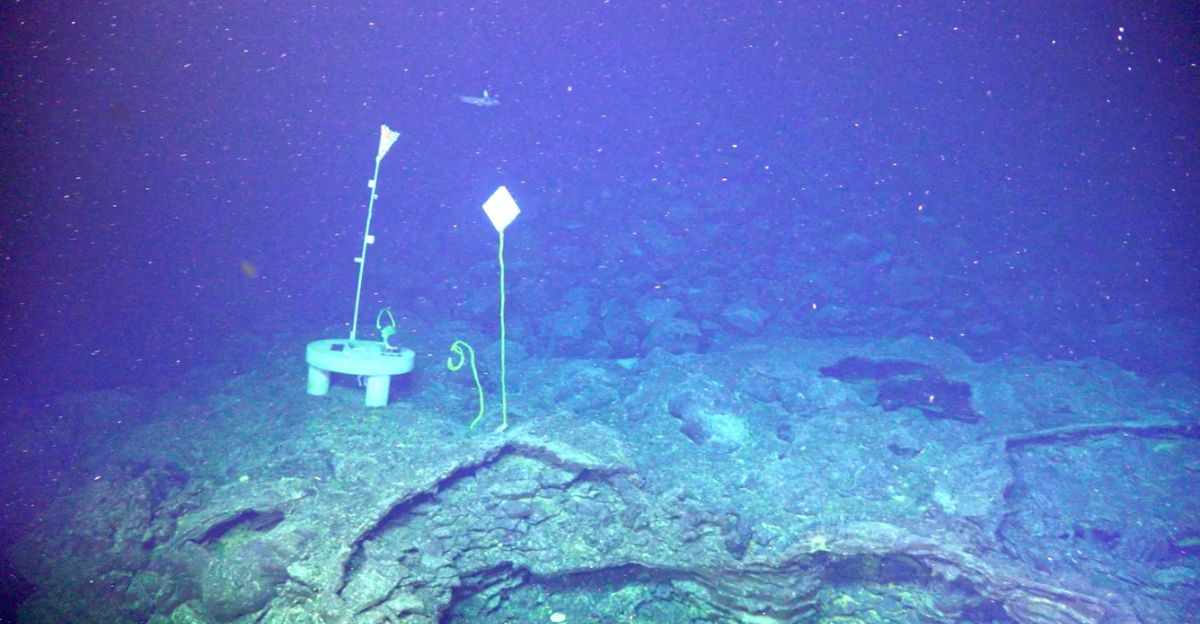
Axial Seamount is one of the most monitored volcanoes in the work, with organizations and institutions setting up seafloor sensors, pressure gauges, and even cameras.
All of these devices are connected by hundreds of miles of cables that all go back to scientists watching in real-time. This means that they can accurately model predictions for eruptions.
An Important Eruption

Once Axial Seamount erupts, most people going about their day-to-day lives won’t even notice. News stations will cover it and mark the first time in ten years since it last erupted that there won’t be any consequences for humans living near the coast in Oregon.
For scientists, however, this will be a fascinating spectacle to monitor and research, possibly unlocking more insights into volcanoes.
The Force Of Mother Nature
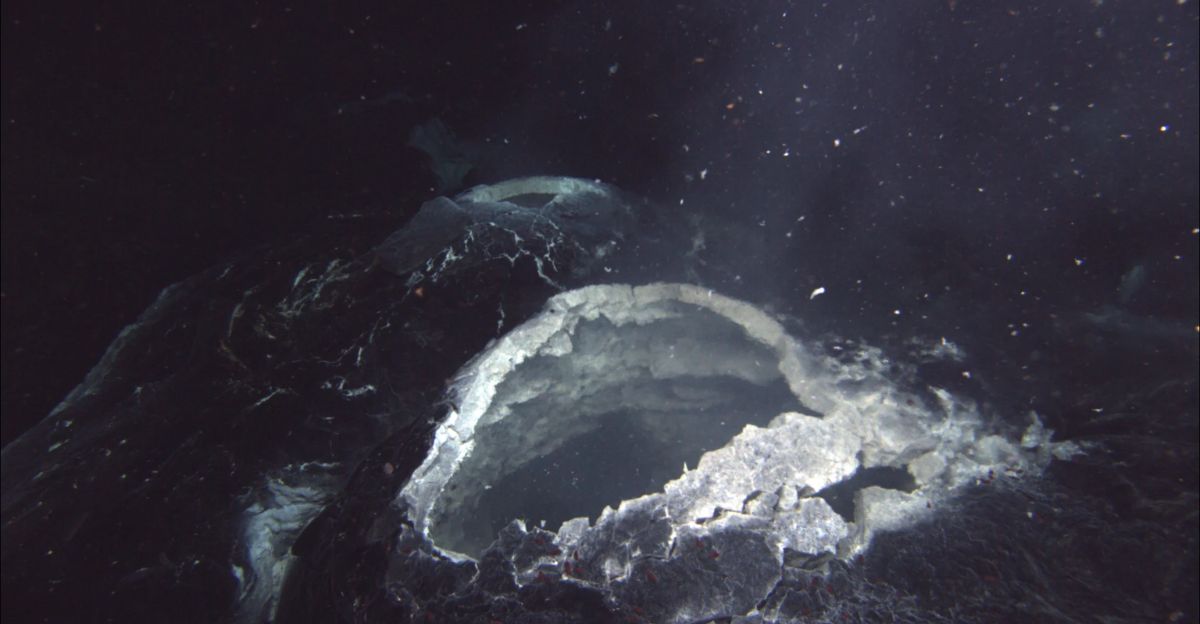
Volcanoes are some of the most powerful forces of Mother Nature on the planet, and while it may not be the catastrophic event people are expecting, its raw power will be on display deep under the waves.
The seafloor will be dramatically changed, and nature will reinhabit the area shortly after. This is a reminder that the planet is a living, breathing thing that is always changing, whether or not we notice it.
Explore more of our trending stories and hit Follow to keep them coming to your feed!

Don’t miss out on more stories like this! Hit the Follow button at the top of this article to stay updated with the latest news. Share your thoughts in the comments—we’d love to hear from you!







